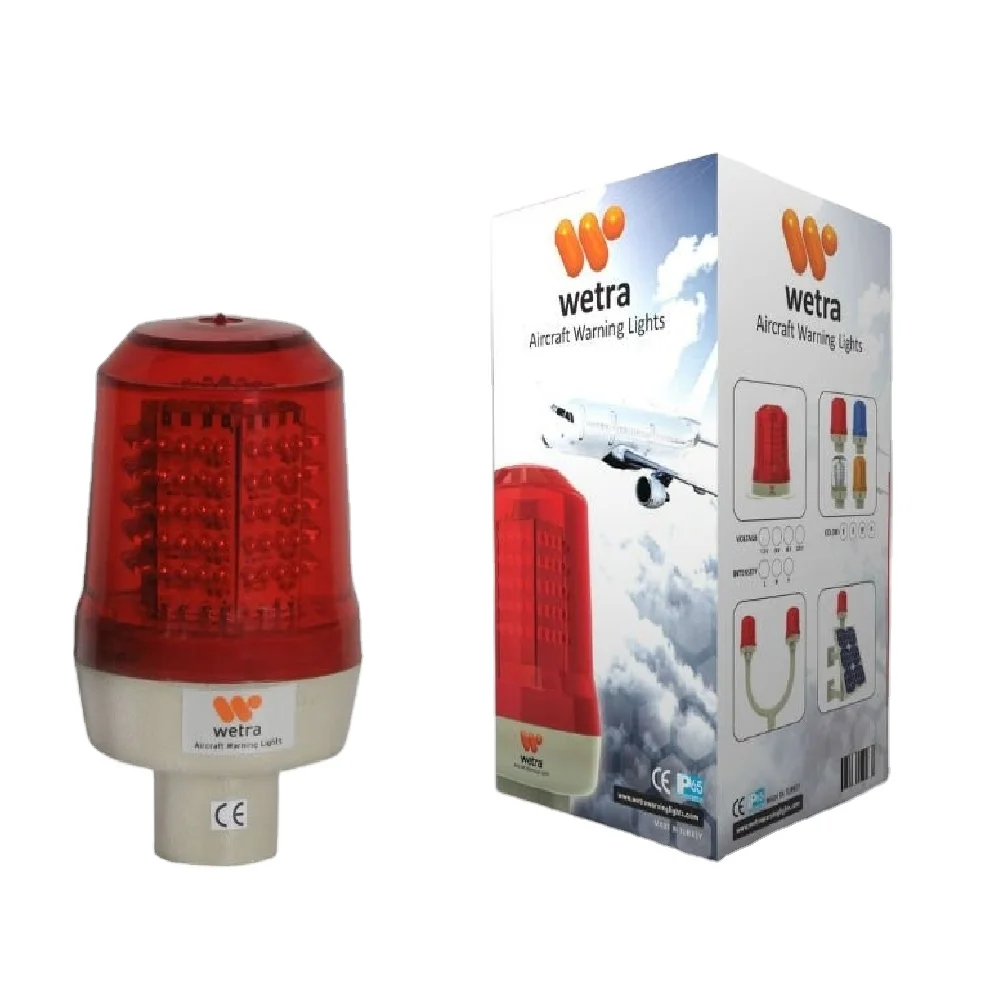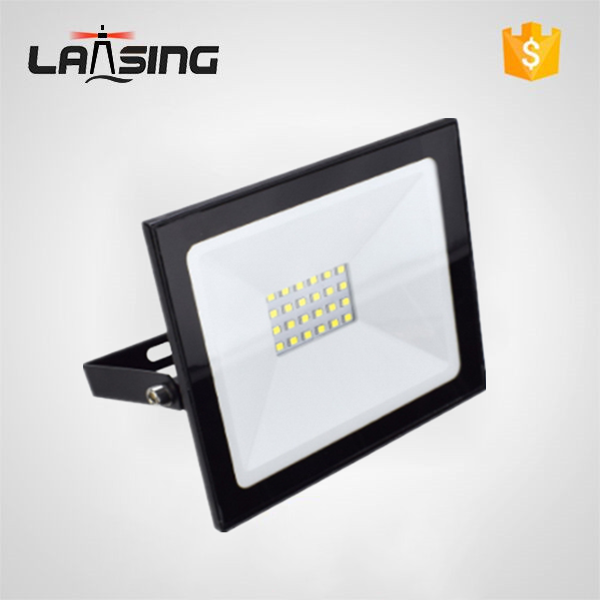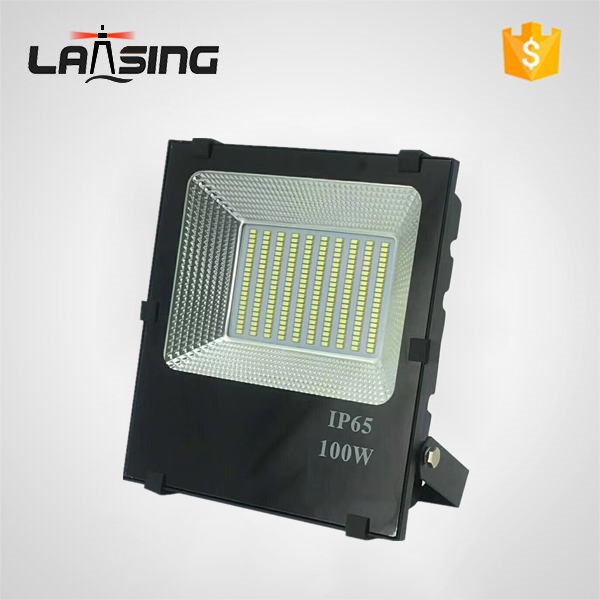Brand: |
none |
Address: |
China |
Min.Order: |
none |
Supply: |
none |
Valid until: |
Long Term |
Product Details
- Place of Origin:
- Incheon, South Korea
- Brand Name:
- Protek
- Model Number:
- A434
- frequency range:
- 4 GHz
- test mode:
- vswr, return loss, distance to fault
- Supply Ability:
- 360 Piece/Pieces per Month
- Packaging Details
- 1 pcs per box
- Port
- Istanbul
- Lead Time:
- 1 day

Distance To Fault (DTF) is a performance verification and failure analysis tool used for antenna and transmission line service and maintenance. It uses the Frequency Domain Reflectometry (FDR) measurement technique. FDR is a transmission line fault isolation method which precisely identifies signal path degradation for coax and waveguide transmission lines. Although the acronyms are similar, FDR technology is different from traditional Time Domain Reflectometry (TDR) techniques. The FDR technique uses a swept RF signal instead of TDR DC pulses. FDR is far more sensitive than TDR and can precisely locate faults and degradation in system performance, not just DC open or short circuit conditions. This dual role of predicting future failure conditions and isolating existing problems makes DTF an important part of service and maintenance on transmission lines.
DTF displays RF return loss or VSWR data versus distance. The effects of poor connections, damaged cables, or faulty antennas are quickly identified. Since DTF automatically accounts for attenuation versus distance, the display accurately indicates the return loss or VSWR of the antenna.
Reduce Maintenance Time and Expense
For the majority of transmission lines and antennas, the absence of DTF capability severely impacts the time to repair transmission lines and renders preventative maintenance procedures impractical. RF failure conditions at the top of a tower or through a bulkhead frequently are not measurable with traditional tools such as TDR and spectrum analyzers with tracking generators. A TDR cannot detect small performance changes at RF frequencies, so it is not possible to monitor performance degradation between maintenance intervals with these traditional methods. Without FDR techniques, the “Fix after Failure” philosophy becomes the only alternative.
Many components can cause problems in a communication system. Transmission lines are typically the most common failure point. Tower mounted transmission lines are exposed to weather, and will degrade over time. Lightning can sever a portion of the antenna or damage the in-line lightning arrestor. Sunlight exposure can change the dielectric properties of the antenna housing, causing the antenna bandwidth to drift. Antennas and transmission lines used on-board ships and aircraft may be degraded due to salt water corrosion. These common problems can cause unwanted signal reflections. Poorly tightened connectors and poor environmental seals are exacerbated by acid rain corrosion. Eventually these problems cause intermittent outage and failures at exactly the times they are least welcome, such as during storms or during extreme periods of cold. With DTF available, the root causes of RF problems can be identified. For example, connector corrosion can be detected early and weather seals replaced before moisture destroys expensive cables. DTF finds these problems because the FDR technique can accurately detect very small performance changes within the transmission line.
In a Wireless Communication System, tower mounted transmission lines and cables are replaced frequently, perhaps every five to ten years, in some cases. Usually, all the site’s cables are replaced based upon the assumption that maintenance calls are imminent on other feeds in addition to the problem cable. This practice may be precipitated by the cable installer, who would likely make the same mistakes on each cable connection. Replacing all the cables frequently is an expensive proposition. It is much less expensive to monitor individual transmission lines for slight degradation and fix the problem early, before serious damage occurs.
Preventative maintenance has another set of benefits even more important than cost. Quality is improved. Uptime is maximized by preventing failures. Transmitter performance is optimized by eliminating poorly performing components. Cell coverage is more consistent. Hand off anomalies are reduced by eliminating ping-ponging between weak/strong base stations. Overall quality is improved giving greater customer satisfaction.
FDR Versus TDR
FDR (Frequency Domain Reflectometry) and TDR (Time Domain Reflectometry) techniques are used for for similar purposes but are very different in their technical implementation.
TDR equipment sends pulsed DC or 1⁄2 sine wave signals into a copper pair and then digitizes the return response of reflected pulses. Pulse TDR was the original TDR methodology used to evaluate input impedance of components. It employs a fast rising DC pulse as the source and thus only a small amount of energy is sent. This technique is used for 50W transmission lines and typically covers distances of less than 200 feet with an accuracy of ±1%. Some recent TDRs use 1⁄2 sine typically for testing of telecom transmission lines. A 1⁄2 sine wave source servicing large amounts of energy is used, resulting in measurements over a longer distance. This technique is used for 50W and 75W transmission lines and can cover distances up to 50,000 feet with an accuracy of ±1%.
Distance To Fault with impedance information uses Time Domain Reflectometry (TDR pulse). This technique measures the impedance change of a cabling system versus distance using the cable propagation velocity (Vp). The precise location of potential sources of DC level failures are identified. However, no information regarding performance problems at actual operating RF frequencies is available.
Site Master and Cell Master products are used in the cell site commissioning process and for maintenance service. These products play an integral role in the overall system maintenance and service plan. Both DTF and return loss measurements are based upon the same basic, signal reflection principles shown in Figure 5. No transmission line component is a perfect impedance match, as each will reflect some of the signal energy. The reflections are detected and analyzed using DTF.
In the site commissioning process, a return loss measurement is done to verify the system meets specification (with some margin). A baseline DTF measurement is taken. The return loss of the antenna can be verified with the DTF measurement. The location of any connectors, jumper cables and the antenna are noted and confirmed. This becomes the baseline DTF “signature” to which all subsequent measurements are compared.
- Set up the instrument (select measurement mode, frequency range, amplitude, and resolution).
- Calibrate and perform the return loss or VSWR measurement.
- Store the display and the setup in internal memory for future use.
Print a hard copy if required. - Set up the instrument for Distance To Fault (DTF) and perform a DTF measurement.
- Store the display and the setup in internal memory for future use.
Print a hard copy if required. - Download stored displays to a PC (using Handheld or Master Software Tools) for database updating and future analysis.
In maintenance service, the presence of a problem is easily detected by comparing a DTF measurement to the previous “DTF Signature” data.
Performance monitoring consists of several specific steps.
- Recall the instrument setup and calibration used during a previous maintenance service or during an initial installation and perform a DTF measurement.
- Store the measurement display in internal memory.
- Download the stored display to a PC (using Handheld or Master Software Tools). Print a hard copy if required.
- Retrieve the “Baseline” DTF measurement data from the PC (stored on a hard drive or floppy).
- Compare the measurement to the stored data using the overlay function in Software Tools.
- Investigate any transmission line section showing a discrepancy from the base line data.
- Repair any problems, then repeat the measurement and store the data for future analysis.
- Follow the same steps (1-6) to compare Return Loss measurements to previous maintenance data.
Each cable/antenna tends to have a unique Distance To Fault (DTF) signature because varying cable electrical lengths, cable types, dielectric thickness variations, and the position of components (connectors, adapters, and lightning arrestors) will cause different reflections at differing positions in the transmission line. Reflections from the transmission line"s various components are vectorsignals which will add or subtract depending upon their relative phases. The relative phases are dependent upon the individual characteristics of each device and their relative physical position in the transmission line. When measuring at the end of a transmission line, addition and subtraction of the various reflections create a nearly random pattern of ripples on the return loss display. The result is that each individual cable will have its own unique signature or "finger print." Variations in the measurements between maintenance intervals offer a good indication of degradation or damage causing conditions. A large change indicates a problem. Small changes may indicate aging, ultra-violet exposure, or dimensional changes due to seasonal temperature conditions.
Return Loss is the vector sum of all the reflections on the transmission line. Slight changes in the reflected signal from one component may not be apparent in a return loss measurement as illustrated in Figure 6. The return loss has degraded slightly at several frequencies but it is still meeting the –17 dB specification. In the DTF mode the reflections from each component along the transmission line are isolated. Changes in the performance of the transmission line or the components over time can be easily seen, as shown in Figure 6. The two DTF graphs are the same except for the return loss value at marker 1. The return loss at that point has degraded by approximately 5 dB.
While return loss analysis can be an ambiguous quality indicator, Distance To Fault (DTF) analysis highlights the problem clearly. In this case the problem was a loose connector. When it was tightened the DTF display again appeared as the plot on the left (the baseline data). If the connector remained loose, invasive moisture would eventually destroy the expensive antenna.
DTF Performance
"DTF Instrumentation Accuracy" is better than 0.1%, but the more practical concern is "Measurement Accuracy." Return loss measurement accuracy is influenced by many factors; the quality of the calibration (including the calibration components and calibration method), the accuracy of the information entered by the user, and the quality of the cables being tested. Precision calibration components allow greater measurement accuracy. For accurate calibration results, all measurement system uncertainties need to be compensated for by ensuring that the calibration components are connected to same point that will be connected to the device being tested (at the end of any extension cables or adapters being used).
Distance calculations are based on the assumption of a specific propagation velocity value for the cable or transmission line. If the propagation velocity is set incorrectly, the fault location will be identified at the wrong distance. Relative propagation velocity is calculated as 1/[SQRT(relative dielectric constant)]. The dielectric constant is determined by several factors including the dielectric type of the transmission line and the diameter thickness of that dielectric. Cable manufacturers routinely have dielectric constant variations. The variation may be ±10% or more along the cable’s length. Low cost cables generally have even greater variation in dielectric constant.
Further practical impediments to absolute distance accuracy include the various filters, diplexers, adapters, and differing cable types that are typical of most RF transmission lines. Despite the fact that the instrument itself is extremely accurate, the characteristics of the device under test confound attempts to specify absolute distance accuracy requirements for practical, in-service measurements. The net effect is that each transmission line will have its own “signature” or “finger print” on a DTF display. The ability to store DTF displays, download them to a computer and overlay traces makes analysis of these unique signatures simple. When historical data is compared to recent data, large changes in the "signature" indicate a serious problem. Small changes may indicate aging or dimensional changes due to seasonal temperature conditions.
Typical absolute measurement accuracy for tower mounted transmission lines is within one foot, slightly better than a technician’s ability to measure physical length on a tower mounted cable. Further, most service problems are either physical damage or connector problems. Physical characteristics such as connectors, adapters and bends show up clearly on the DTF display. Thus, identifying a problematic transmission line section is straightforward. As compared to return loss measurements where test accuracy is critical because small performance changes may indicate big problems. Comparison of DTF "before" and "after" plots isolates problems quickly and easily.




 Share
Share













Customer Reviews total 0 items